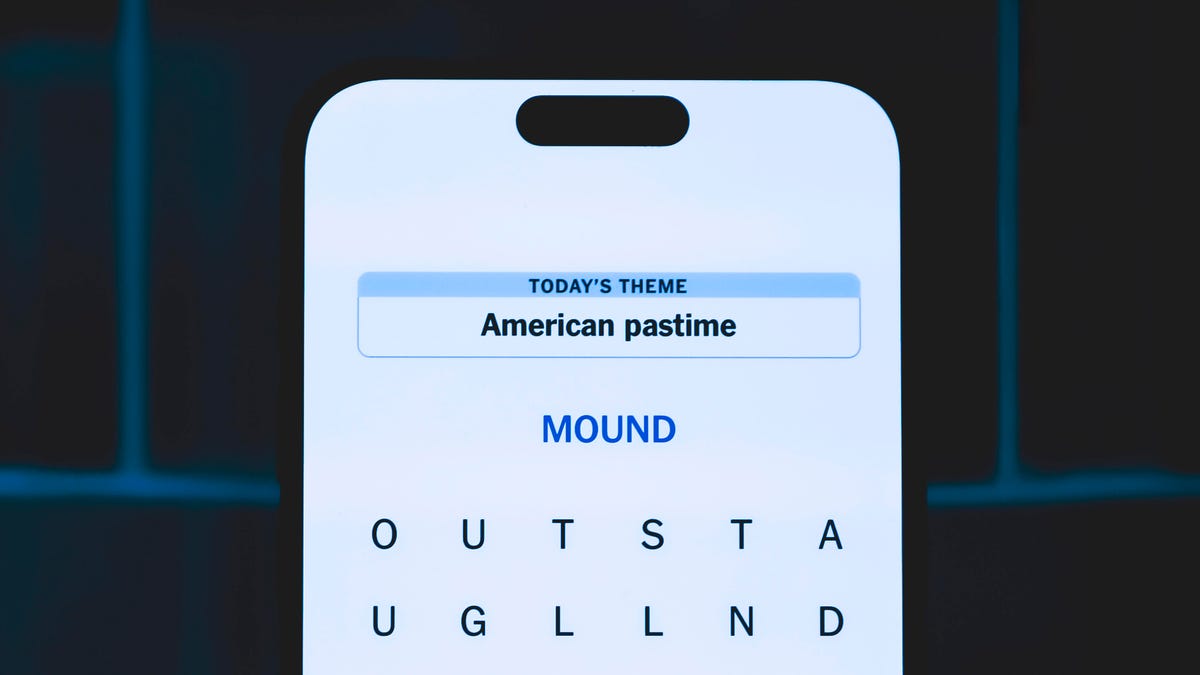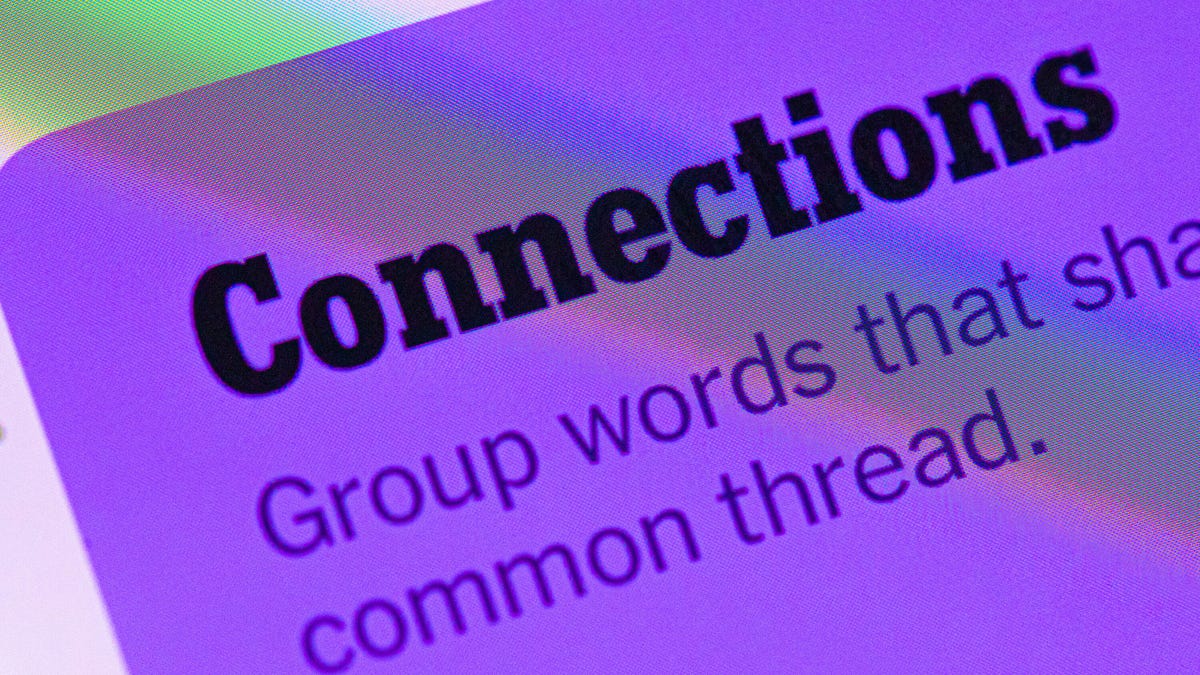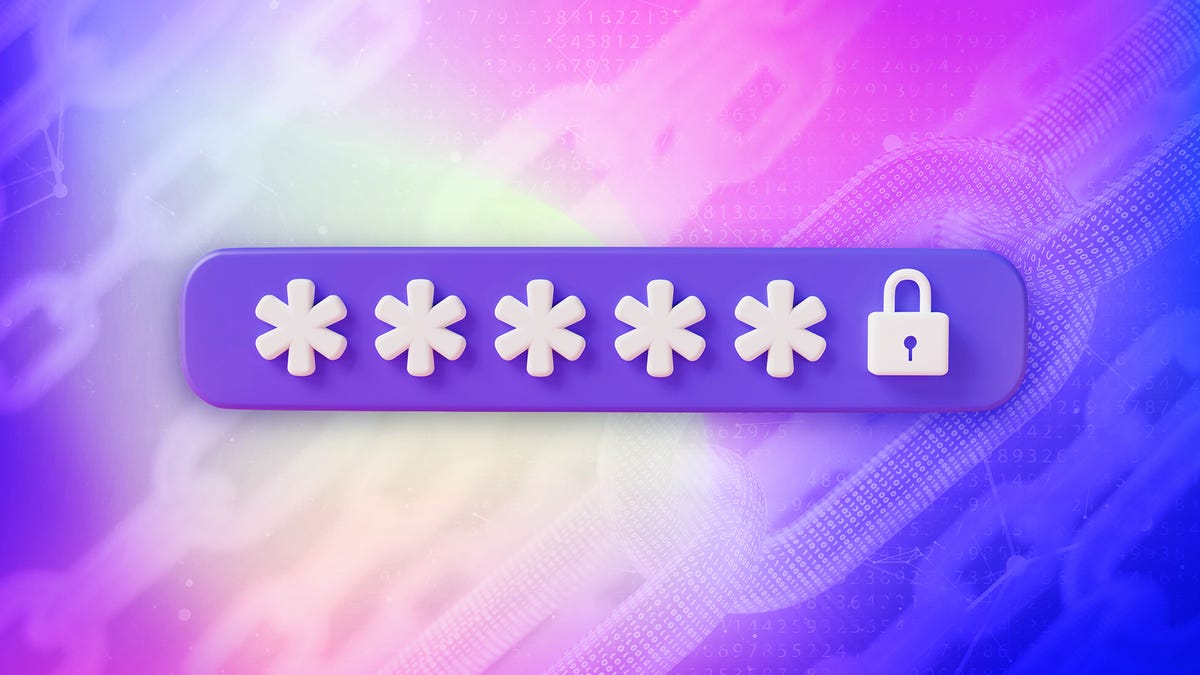Technologies
Bill Gates Has Published the Original Microsoft Source Code
It’s «the coolest code I’ve ever written,» the Microsoft co-founder says.

If you want to see the original source code that started Microsoft, Bill Gates is now sharing it. On Wednesday, the Microsoft co-founder posted it on his Gates Notes blog, reminiscing about the company’s early days for its 50th anniversary. Gates has written plenty of code in those five decades but he called this «the coolest code I’ve ever written.»
Sharing a photo of himself holding a huge pile of paper showing the code, Gates wrote that he was inspired by the January 1975 copy of Popular Electronics magazine. The magazine had featured a cover photo of an Altair 8800, a groundbreaking personal computer created by a small company called MITS.
The 19-year-old Gates and his Harvard pal Paul Allen reached out to Altair’s creators and told them they had a version of the programming language BASIC for the chip that the Altair 8800 ran on. Such software would let people program the Altair.
«There was just one problem,» Gates wrote. «We didn’t.»
Micro-Soft is born
Gates said he and friends «coded day and night for two months to create the software we said already existed.» Gates and Allen then presented the code to the president of MITS, who agreed to license the software. «Altair BASIC became the first product of our new company, which we decided to call Micro-Soft,» Gates wrote. «We later dropped the hyphen.»
And the rest, as they say, is software history. You can download that 50-year-old code from Gates’s post. «Computer programming has come a long way over the last 50 years, but I’m still super proud of how it turned out,» he wrote.
Read more: Best 16 Xbox Games Right Now
Melinda Gates: new book
Also making headlines this week was Gates’s former wife, Melinda French Gates, whose new book, The Next Day, comes out April 15. As that date approaches, she’s opening up about the end of her marriage to Gates.
The couple divorced in 2021 after 27 years and three children. According to People magazine, Melinda French Gates wrote in the book that in 2019 she was «having nightmares about a beautiful house collapsing all around her — and then waking up in a panic night after night.»
She acknowledged what Bill Gates has publicly stated — that he wasn’t always faithful in the marriage — and said she was also disturbed by Gates’s meetings with child sex offender Jeffrey Epstein. Bill Gates has since said he regrets meeting Epstein.
Melinda French Gates said her bad dreams would eventually change into images of her family on the edge of a cliff where she «plummeted» into a void. «I knew, in that moment, that I was going to have to make a decision — and that I was going to have to make it by myself,» she wrote, according to the People article.
Technologies
Today’s NYT Strands Hints, Answers and Help for July 14 #498
Here are hints and answers for the NYT Strands puzzle for July 14 No. 498.

Looking for the most recent Strands answer? Click here for our daily Strands hints, as well as our daily answers and hints for The New York Times Mini Crossword, Wordle, Connections and Connections: Sports Edition puzzles.
Today’s NYT Strands theme set me to humming the theme from Mister Rogers’ Neighborhood. When you find the answers, they’re pretty easy, though one is quite long to unscramble. If you need hints and answers, read on.
I go into depth about the rules for Strands in this story.
If you’re looking for today’s Wordle, Connections and Mini Crossword answers, you can visit CNET’s NYT puzzle hints page.
Read more: NYT Connections Turns 1: These Are the 5 Toughest Puzzles So Far
Hint for today’s Strands puzzle
Today’s Strands theme is: Won’t you be my neighbor?
If that doesn’t help you, here’s a clue: Different jobs.
Clue words to unlock in-game hints
Your goal is to find hidden words that fit the puzzle’s theme. If you’re stuck, find any words you can. Every time you find three words of four letters or more, Strands will reveal one of the theme words. These are the words I used to get those hints but any words of four or more letters that you find will work:
- HEAR, REAM, LIME, RAIL, TRAIL, ROIL, COIL, BLUR, FIRE, FIGHT, FIGHTER, COME, COMET, ROAM.
Answers for today’s Strands puzzle
These are the answers that tie into the theme. The goal of the puzzle is to find them all, including the spangram, a theme word that reaches from one side of the puzzle to the other. When you have all of them (I originally thought there were always eight but learned that the number can vary), every letter on the board will be used. Here are the nonspangram answers:
- MAYOR, JANITOR, TEACHER, LIBRARIAN, FIREFIGHTER.
Today’s Strands spangram
Today’s Strands spangram is COMMUNITY. To find it, look for the C that’s four letters down on the far left, and wind up and around.
Technologies
Today’s NYT Connections Hints, Answers and Help for July 14, #764
Here are some hints and the answers for the NYT Connections puzzle for July 14, #764.

Looking for the most recent Connections answers? Click here for today’s Connections hints, as well as our daily answers and hints for The New York Times Mini Crossword, Wordle, Connections: Sports Edition and Strands puzzles.
There are some TV and movie references in today’s NYT Connections puzzle. If you spent your childhood in the Neighborhood of Make-Believe, you’re sure to get one of them. That purple category, though … good luck! Read on for clues and today’s Connections answers.
The Times now has a Connections Bot, like the one for Wordle. Go there after you play to receive a numeric score and to have the program analyze your answers. Players who are registered with the Times Games section can now nerd out by following their progress, including number of puzzles completed, win rate, number of times they nabbed a perfect score and their win streak.
Read more: Hints, Tips and Strategies to Help You Win at NYT Connections Every Time
Hints for today’s Connections groups
Here are four hints for the groupings in today’s Connections puzzle, ranked from the easiest yellow group to the tough (and sometimes bizarre) purple group.
Yellow group hint: Think paint and crayon names.
Green group hint: Vroom-vroom.
Blue group hint: King Friday XIII and Queen Sara Saturday.
Purple group hint: Twist some Disney names.
Answers for today’s Connections groups
Yellow group: Shades of blue.
Green group: Adjectives for a sports car.
Blue group: Words before «Roger/s.»
Purple group: Disney animated characters plus a letter.
Read more: Wordle Cheat Sheet: Here Are the Most Popular Letters Used in English Words
What are today’s Connections answers?
The yellow words in today’s Connections
The theme is shades of blue. The four answers are baby, ice, powder and sky.
The green words in today’s Connections
The theme is adjectives for a sports car. The four answers are compact, fast, sleek and sporty.
The blue words in today’s Connections
The theme is words before «Roger/s.» The four answers are Ginger, Jolly, Mister and Roy.
The purple words in today’s Connections
The theme is Disney animated characters plus a letter. The four answers are abut, belled, flounders and scary.
Abut = Abu from Aladdin
Belled = Belle from Beauty and the Beast
Flounders = Flounder from The Little Mermaid
Scary = Scar from The Lion King
Technologies
Microsoft Plans to Purge Passwords — Here’s How to Protect Yours
Come August 1, all your saved passwords will be gone from the Authenticator app unless you export them.

Microsoft is moving closer to a password-free future, and if you’re still using the Authenticator app to manage logins, big changes are coming fast. Starting Aug. 1, the app will no longer support passwords at all. This shift has already been in motion-new password creation was disabled in June, and autofill support was cut off in July.
For years, Microsoft Authenticator was a go-to for managing both multi-factor authentication and saved passwords. But now, it’s being refocused to support passkeys instead. That means your logins will soon rely more on things like PINs, fingerprint scans, or facial recognition-more secure, faster and harder to steal than a standard password. If you’re still relying on Authenticator for password storage, it’s time to move your data elsewhere before it disappears.
Attila Tomaschek, CNET’s software senior writer and digital security expert, said that’s not a bad thing, though.
«Passwords can be cracked, whereas passkeys need both the public and the locally stored private key to authenticate users, which can help mitigate risks like falling victim to phishing and brute-force or credential-stuffing attacks,» Tomaschek said.
Passkeys get rid of the risky password habits practiced by 49% of US adults, like using the same password for multiple accounts or using personal hints, according to a CNET survey. However, those convenient hints can pose a bigger risk to scammers, identity theft and fraud.
If you’re a fan of Authenticator and not sure where to start before the switch, here’s what you need to do before Microsoft’s Aug. 1 move.
When will Microsoft Authenticator stop supporting passwords?
Microsoft Authenticator houses your passwords and lets you sign into all your Microsoft accounts using a PIN, facial recognition like Windows Hello, or other biometric data like a fingerprint. Authenticator can be used in other ways, such as verifying you’re logging in if you forgot your password, or using two-factor authentication as an extra layer of security for your accounts. In June, the company stopped letting users add passwords to Authenticator.
Starting this month, you won’t be able to use the autofill password function. And next month, you’ll no longer be able to use saved passwords.
If you still want to use passwords instead of passkeys, you can store them in Microsoft Edge. However, CNET experts recommend adopting passkeys during this transition. «Passkeys use public key cryptography to authenticate users, rather than relying on users themselves creating their own (often weak or reused) passwords to access their online accounts,» Tomaschek said.
Why are passkeys a better alternative to passwords?
So what exactly is a passkey? It’s a credential created by the Fast Identity Online Alliance that uses biometric data or a PIN to verify your identity and access your account. Think about using your fingerprint or Face ID to log into your account. That’s generally safer than using a password that is easy to guess or susceptible to a phishing attack.
Passkeys aren’t stored on servers like passwords. Instead, they’re stored only on your personal device. More conveniently, this takes the guesswork out of remembering your passwords and the need for a password manager.
How to set up a passkey in Microsoft Authenticator
Microsoft said in a May 1 blog post that it will automatically detect the best passkey to set up and make that your default sign-in option. «If you have a password and ‘one-time code’ set up on your account, we’ll prompt you to sign in with your one-time code instead of your password. After you’re signed in, you’ll be prompted to enroll a passkey. Then the next time you sign in, you’ll be prompted to sign in with your passkey,» according to the blog post.
To set up a new passkey, open your Authenticator app on your phone. Tap on your account and select «Set up a passkey.» You’ll be prompted to log in with your existing credentials. After you’re logged in, you can set up the passkey.
-

 Technologies2 года ago
Technologies2 года agoTech Companies Need to Be Held Accountable for Security, Experts Say
-

 Technologies2 года ago
Technologies2 года agoBest Handheld Game Console in 2023
-

 Technologies2 года ago
Technologies2 года agoTighten Up Your VR Game With the Best Head Straps for Quest 2
-

 Technologies4 года ago
Technologies4 года agoVerum, Wickr and Threema: next generation secured messengers
-

 Technologies4 года ago
Technologies4 года agoGoogle to require vaccinations as Silicon Valley rethinks return-to-office policies
-

 Technologies4 года ago
Technologies4 года agoBlack Friday 2021: The best deals on TVs, headphones, kitchenware, and more
-

 Technologies4 года ago
Technologies4 года agoOlivia Harlan Dekker for Verum Messenger
-

 Technologies4 года ago
Technologies4 года agoiPhone 13 event: How to watch Apple’s big announcement tomorrow
